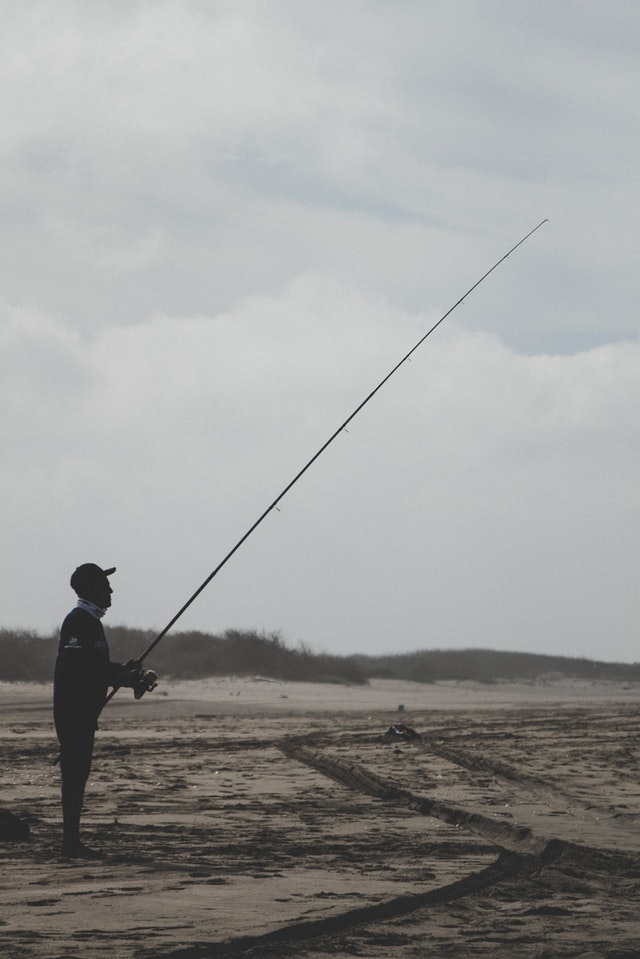Read the Surf
Read the surf for fishing
Now you have your gear and baits, it's time to go fishing. But wait a moment, our work is not over yet. We need to know what the conditions are facing our waves. You can check your local fishing conditions online, but nothing beats direct knowledge. It is essential to know where your fish are in the waves for an enjoyable stroll. Reading the surfing conditions will help you a lot to find the fish down. So we are looking for things like sand basins, pockets, tides, rocks and other structures, wind and so on.
Sandbars - Sandbars are sand dunes at the bottom of the ocean near the shore. Their tops or edges may be directly above or below the surface of the water. Those with their hills under the surface are good places to fish.
Auges - depressions are depressions between the sandbar and the beach. You will notice them as quiet and deep water between the waves of sand peaks and beach tops. This quiet area of the waves is where you want to catch it.
The openings in the bar - also look for openings in the sandbar between the swamp and the ocean. You will notice these openings by studying the surface of the water because the water will not cover it as in the rest of the penis, but it will continue until it breaks on the beach. Fish game lined along the edges of openings, ambushes, and infected fish twice a day. Fishing outside of the opening in the outgoing tides from within the opening on the tides for the best results.
Pockets - The pockets are basically smaller and deeper in the hollows, either in the tub, bar or just along the beach. It is not easy to detect, but if you are looking for a water surface change or a change in texture compared to surrounding water, especially during low tide. It is another wonderful place for ugly fish like mousse.
Tides - Tides affect fishing, as most of us already know. In the case of high tide or low tide, there is no water movement and therefore there are only a few bait or game fish. These are the least productive times for fish. It is best to catch the last two hours of the incoming tide and the first two hours of the outflow. Tidal movement and fish activity are influenced by the position of the sun and the moon on Earth. No wonder fish are more active and nourish at sunrise, at sunset, and in the full moon.
Rocks - The presence of rocks in waves is more of a question than the west and the northeastern coasts of the United States. As we move south along the east coast, the rocks move the rocks. Rocks are fishing structures that provide protection and food. Crushing their surrounding waters also harms small fish, making them ideal places to catch fish.
Wind - Wind can have a profound effect on fishing conditions when moving water and affecting tides, making the high and low tide higher or lower than normal, depending on whether they are blowing on the coast or at sea From the beach.
They also affect other conditions that affect fishing, such as rising sandbars, breakers, and deep cavities. Wind can affect the distance and accuracy of casting, as well as currents, which may require you to use heavier weights temptations and often cast your bait or lure at the desired location.
If you enjoy this article please share on Facebook, Twitter, Youtube, G+ so others can read it too. LIKE | COMMENT | SHARE | SUBSCRIBE









No comments
Help Us to improve our web by comments and suggestions.